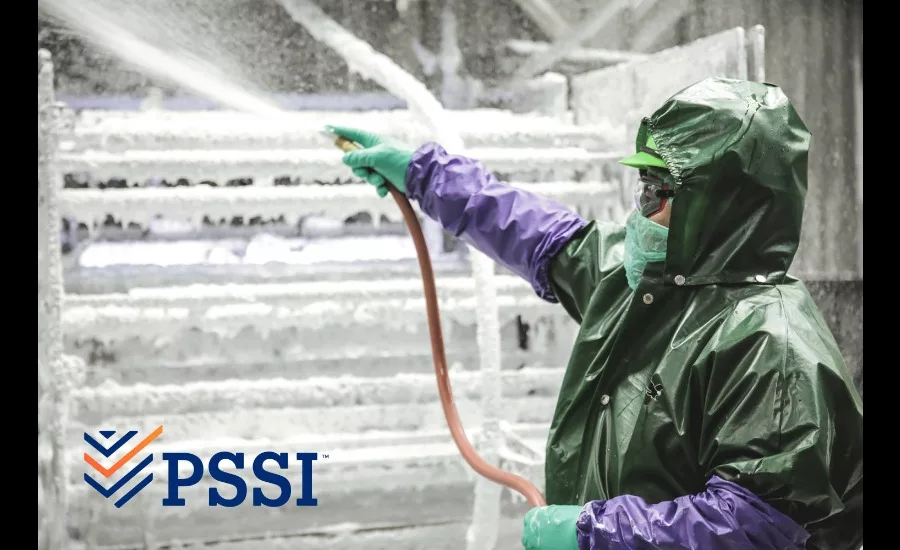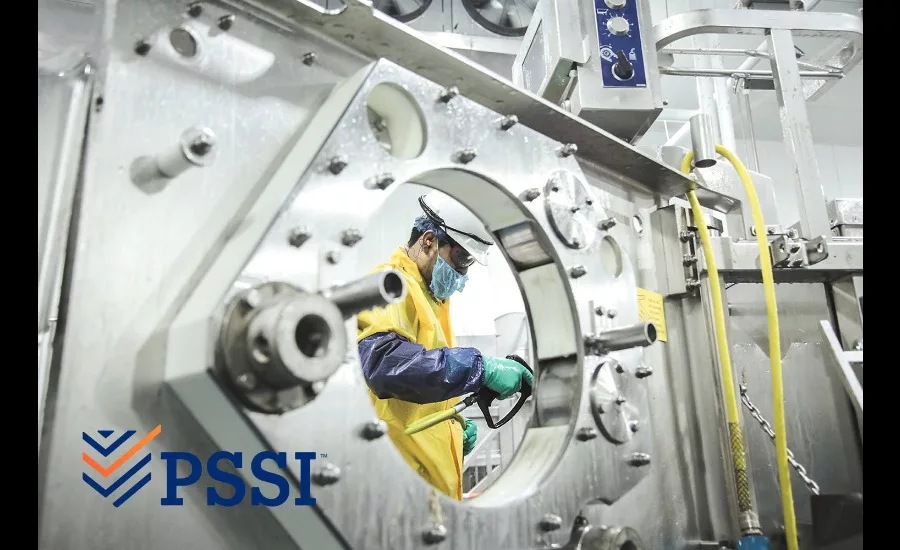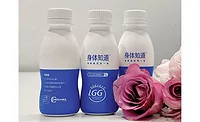Food Safety
More than clean: PSSI bolsters how its sanitation protects food
Company consults on safety, adds a disinfectant step and documents how its work helps


PSSI, which sends in its teams to clean and sanitize many top food facilities, has made changes to reinforce how it helps protect the food supply.
The aim, encapsulated in a rebranding, is to emphasize the end goal of the work: helping processors keep food safe as they face wide challenges of recalls, outbreaks and new regulations.
“We believe the improvement and advancement of food safety is about having the right people with right science-based expertise to manage a more proactive, comprehensive approach to ensure consistency,” says Dan Taft, president and CEO of PSSI.
The industry follows seven steps of sanitation—including dry clean, soap and scour, and sanitize—but PSSI has added an eighth step, which is documentation, says Jim Whitehead, vice president of sales and marketing. The company gives a seal of approval and perfected its documentation process by deeply understanding audit codes and how to help processors succeed in audits.
“Every day we do a 100 percent inspection. We lay eyes on the equipment to make sure it’s clean,” Whitehead explained at the recent International Production and Processing Expo (IPPE), where the company showcased its new logo and updated website.
Sanitation used to be viewed as the last thing done at night, but now supporting that safe environment is a priority 24 hours a day, Whitehead says. Daytime workers meet the plants’ cleaning needs during their hours on the floor to aid the sanitation process, typically done during third shift.
The day also starts with sanitation, Whitehead says. The company added a leave-on disinfectant step to its process, different than applying sanitizer. The disinfectant, applied before final inspection, has a higher chemical concentration, ensuring the production crew starts the day with a microbe-free environment, he says.
PSSI considered the question, “How do you become a food safety company?” Whitehead says. It consulted with a dozen or so top clients, and the priority of safety was consistent.
The company has taken on a consultant role rather than simply being a contractor, Whitehead says. Processors need the extra layer of protection, he notes, as techniques for investigating recalls have become so sophisticated that pathogens can be tracked back to a test on a drain three years earlier, for example.
The addition of real-time performance metrics, using hand-held devices, has been well-received by customers, he says. Paper used in the past was more difficult to keep track of.
To give an example, PSSI teams now could notify customers that sanitation started late because production ran long, so the next crew knows that its production start might be delayed, he says. Before, workers might not learn until they showed up for their shift that production couldn’t start yet.
Building a new identity
The new PSSI logo and updated website project the company’s strategy as a food safety solutions provider.
About the logo and branding:
- The shield brand mark symbolizes a modern, innovative approach to food safety.
- Checkmarks represent the company’s seal of approval.
- That seal ensures all work is double-checked for highest quality.
- The shield also signifies protection of PSSI employees’ safety.
For more information, visit www.pssi.com.
Looking for a reprint of this article?
From high-res PDFs to custom plaques, order your copy today!






